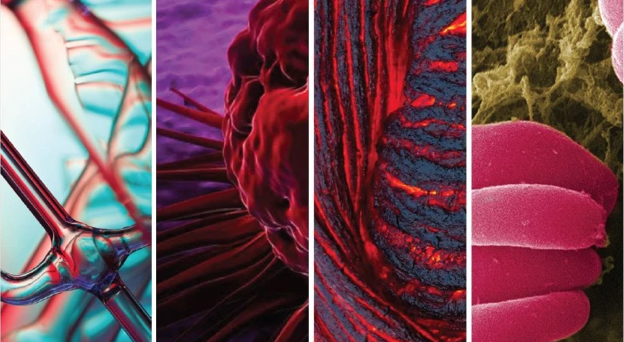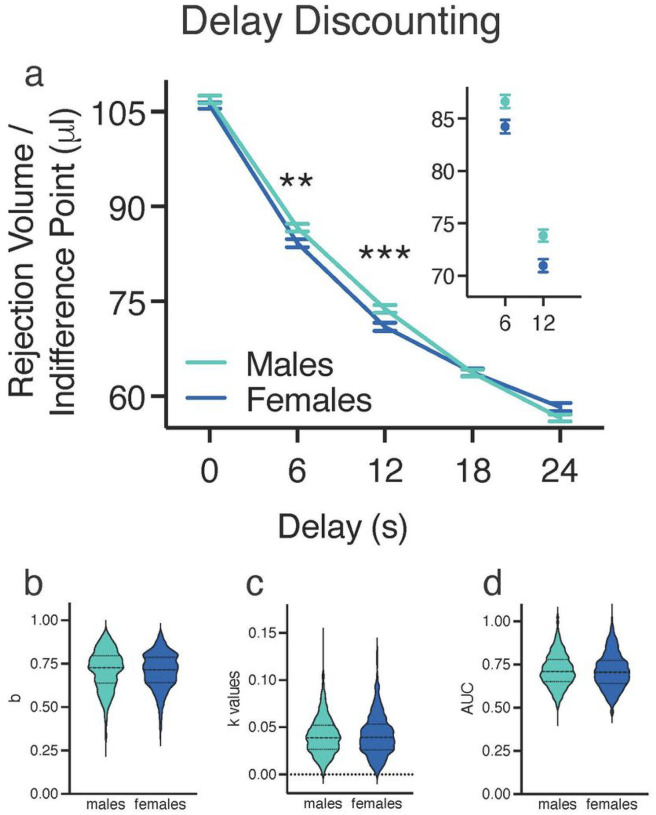Manuscript accepted in Scientific Reports


The manuscript titled "Reward Maximization Assessed Using a Sequential Patch Depletion Task in a Large Sample of Heterogeneous Stock Rats" was accepted in Scientific Reports.
Authors include Amy M. Gancarz, Suzanne H. Mitchell, Anthony M. George, Connor D. Martin, Marisa C. Turk, Heather M. Bool, Fahmida Aktar, Francis Kwarteng, Abraham A. Palmer, Paul J. Meyer, Jerry B. Richards, David M. Dietz, and Keita Isiwari.
The full article is available here.
Scientific Reports, volume 13, article number: 7027 (2023)
doi: 10.21203/rs.3.rs-2525080/v1
From the article:

(a) This plot shows the mean (±SEM) indifference point (rejection volume of water) as a function of delay. Inset graph highlights the significant differences between sexes at delays of 6 and 12 s. Data are the mean (±SEM) of the last two test sessions per delay. (b–d) The outlines of the violin plots illustrate the average kernel probability density (i.e., the width of the colored area represents the proportion of the data for that variable). The dashed lines indicate the median data, and dotted lines indicate quartiles. (b) This plot represents the bias parameter, b, for one response alternative. No significant difference between sexes was observed. (c) This plot represents the discount parameter, k, a free parameter that indicates the rate of reinforcer devaluation as a result of the delayed delivery of the reward. The k values of the best fitting hyperbolic discount functions indicated that sex did not affect delay discounting (DD). (d) This plot represents the normalized area under the curve (AUC) of the indifference point as a function of delay (ratio). No significant difference between sexes was observed. * p < 0.05, ** p < 0.01, *** p < 0.001 between males (n = 896) and females (n = 898).



Comments are closed.